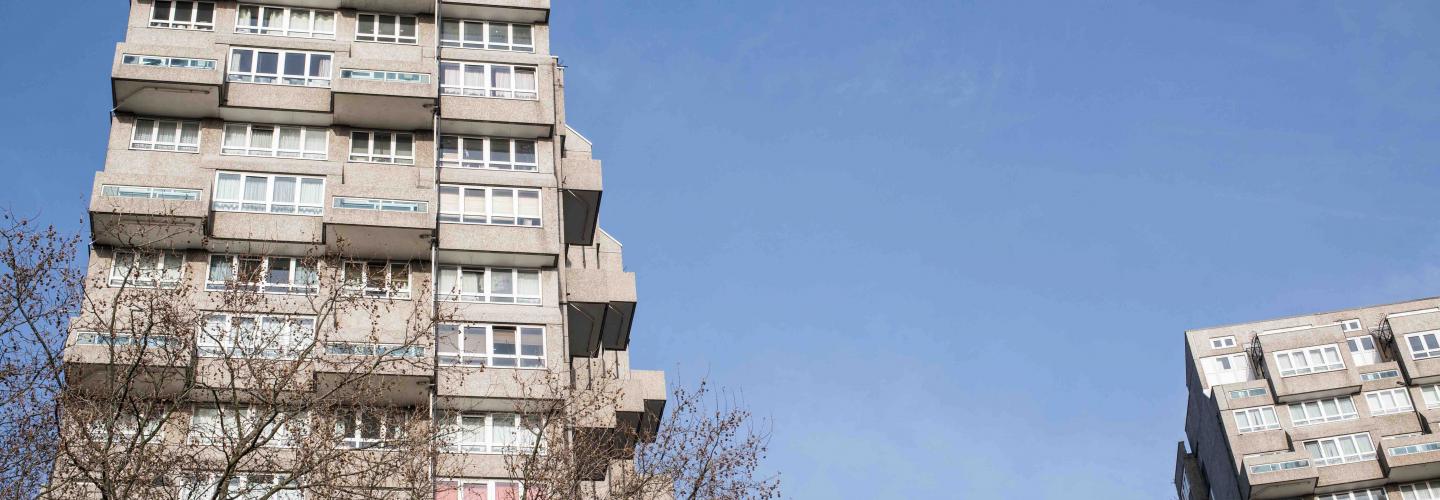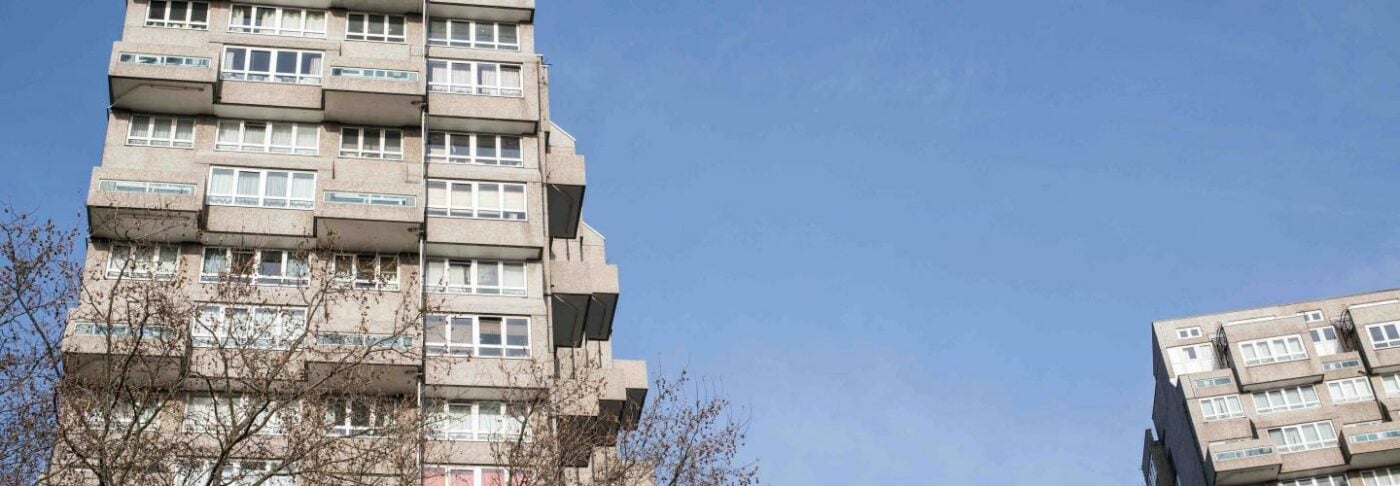
The devastating Grenfell Tower Fire in 2017 sparked off a series of new fire safety reforms in the country. These were mainly aimed at the external walls of buildings over the height of 18 meters. The government realised the need to having non-combustible external wall cladding in order to avoid future disasters like the Grenfell Tower fire. In December 2018, the new fire safety regulations banning the use of combustible materials on external building walls and balconies was enforced. This new law applies to any building over the height of 18 meters from ground level being explicitly used for residential purposes. The law requires new developments to use materials that are A2-s1,d0 rated or Class A1 under the European classification system for all external walls and balconies.
In May 2018, the Ministry of Housing, Communities and Local Government (MHCLG) announced a £400 million fund for remediation in the social housing sector in the country. A year later, the ministry also announced an additional fund of £200 million for the remediation of equivalent buildings in the private housing sector. Chancellor Rishi Sunak revealed the New Building Safety Fund in the 2020 Budget, in a bid to ensure resident safety and fund the removal of combustible cladding in residential buildings (both private and social buildings) above 18m. This fund goes beyond the initial fund, which was established to remove ACM Cladding and extends to all forms of combustible cladding.
The Role of Councils
After announcing the new fire safety regulations, the MHCLG introduced the Building Safety Programme with the primary aim to oversee and support the remediation of high-rise residential buildings with ACM (Aluminium Composite Material) cladding. Additionally, in July 2019 councils were also given £4m to collect data regarding the issue and the progress. By March 2020, only a third of this data has been collected, making it impossible to understand the scale of the problem.
The Numbers
According to research conducted in April 2020, 149 out of 456 buildings over the height of 18 meters that had unsafe ACM cladding on the external walls had been fully remediated. In the other 307 buildings, the remediation work was not finished. 167 buildings of those 307 had yet to begin any remediation work.
The pace of remediation in the student accommodation and the social housing sector has been the fastest with 66.7% and 46.8% of completion rate respectively. The rate of remediation among the private sector residential buildings has been the slowest at 13.5%. The slow pace of progress in the private sector has been due to the difficulty in identifying the party legally responsible for the external remediation works on private residential buildings.
Funding
To change the cladding in existing residential buildings, the government has announced various funds for each the social housing sector as well as the private residential sector. But in order for the private sector to access this fund, the building owners need to attempt to meet or recover costs without passing them on to the leaseholders.
The MHCLG expects to pay for the remediation work for about 94 out of 208 projects from the private sector where the developer and the building owner have refused to fund the work themselves. About 84 building owners have agreed to fund the remediation work themselves whereas 23 can be financed by warranty claims. Only seven buildings have not been able to decide on a funding route. In the social residential sector, the MHCLG expects to fund 139 of 154 residential buildings.
Impact on Residents
Residents in buildings that have unsafe cladding have been faced with various issues since the new regulations. Due to the hazardous cladding, they have been unable to sell their properties. Additionally, many of them are also facing high bills from fire wardens who have been patrolling through the night. Many of them are also facing mental health challenges due to stress relating to fire safety issues.
Remediation Work
Remediation work in both the private and the social housing sector has been slowing down due to the recent pandemic. Up to 60% of projects that were underway had to be paused by April this year. The MHCLG has yet to further assess the exact delay the pandemic is going to cause for the remediation work.

